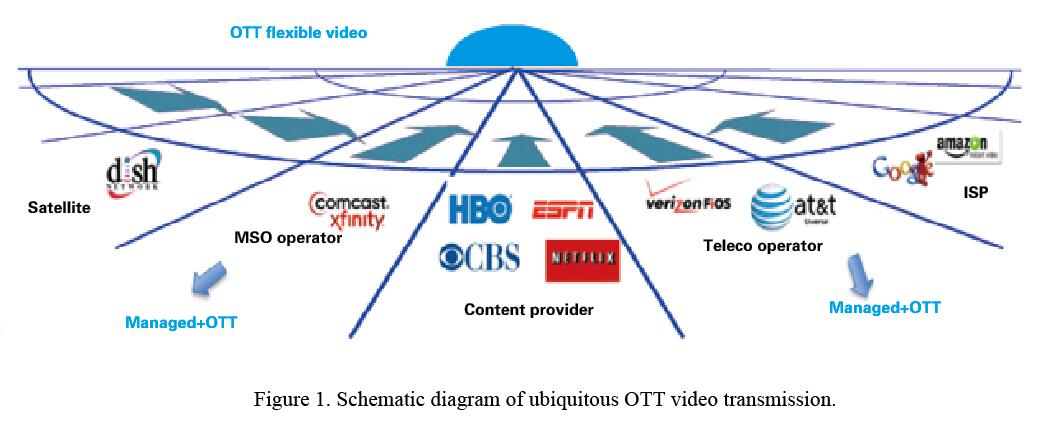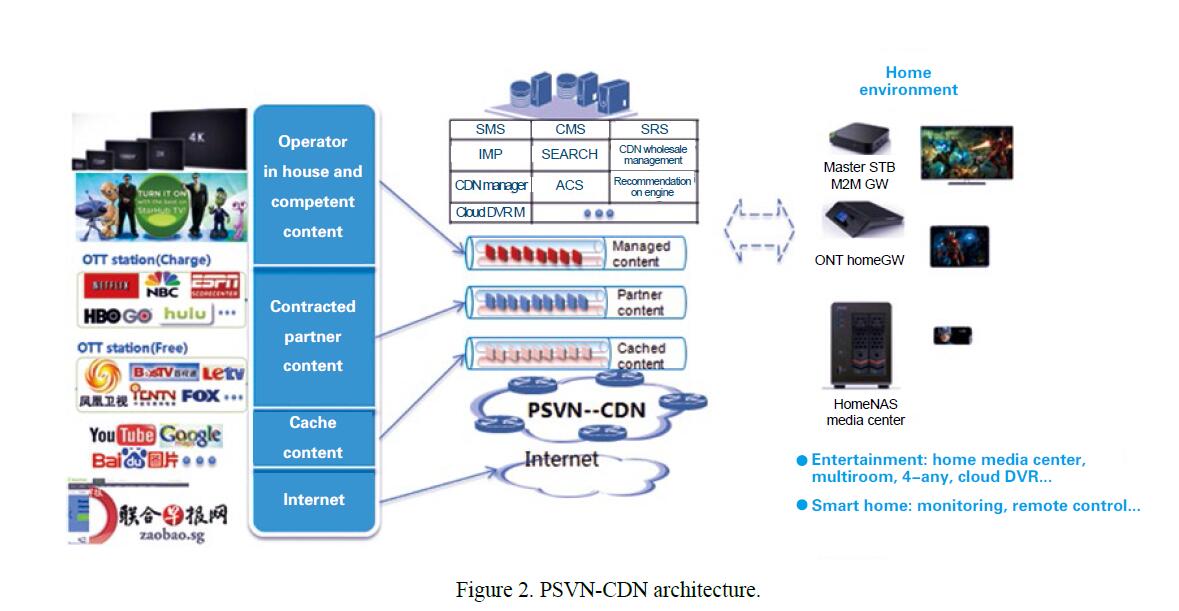After several years of development, OTT has evolved from fuzzy to concrete. It is becoming the dominant bearer for
video services. OTT developed rapidly around the world in 2015. Let’s take a brief look at what happened in the OTT field in this year.
Driven by the launch of Netflix in more than 130 countries, the development of OTT is in full swing. After purchasing DirecTV, AT&T gradually stopped its IPTV services and handed them over to the more experienced DirecTV who rolled out the services in DVB + OTT mode; Verizon expanded GO90, an OTT service; Telefónica purchased CANAL+; British Telecom increased their investment in content. The strategies of these top operators again reveal the truth that content is king, and also show that telecom operators are transforming to media operators.
In the transition to media operators, telecom operators are gradually taking video services as their core competitiveness and using the OTT technology as the most effective way of transmitting ubiquitous video or big video. Today, in the United States, all content—including the key content that used to be available or purchased only through private networks—can be obtained via OTT transmission. More and more users are getting what they want via OTT rather than buying a fixed and complete package from network TV operators as in the past. This trend shows that PayTV is evolving to be personalized, that is, transforming from PayTV to MeTV.
On the contrary, telecom operators’ traditional wireline and wireless voice continue to fall, and their broadband and broadband-related services will become the only source of revenue growth.
Once a large amount of communication pipelines have been laid, what can be expected to attract users? The answer is content. It is the content that can be the most effective way to attract end users. This is also the reason why telecom operators are inevitably transforming into media operators.
In an IP-based broadband network, how can videos be effectively transmitted? This subject has been discussed a lot. Technically, in the case of ubiquitous broadband connections, only OTT can act as the major bearer for ubiquitous video services. More and more terminals, video formats, and user generated content (UGC) can be transferred conveniently to viewers only through an OTT-based architecture (Fig. 1).

How can operators ensure the quality of video transmission and ensure the content is not tampered? In other words, how can an efficient bridge be built between the growing number of content providers and the increasingly personalized content consumers? For this, a content distribution network (CDN) must be deployed to carry different services and guarantee reliable and timely delivery of important media content. When CDN becomes a guarantee for public basic services as the telephone or broadband does, an efficient, public-oriented video transmission and switching network will be formed. The network is also known as public service video network (PSVN).
In the PSVN, the most critical part is the CDN-centric video transmission and switching network (Fig. 2). It is a service-aware smart network that can distinguish different video requirements and functions as a bridge for efficient communications between numerous content providers and consumers.

As broadband develops rapidly, there are emerging more and more attractive video services. Virtual reality techniques like AR and VR have been introduced and will place higher requirements on video transmission. It is therefore a pressing need to build a PSVN that is capable of service awareness and differentiation.
However, PSVN cannot be built in one step. First, an OTT-based video transmission network must be built where different operators can be integrated with different access networks via PayTV or package plans. Second, CDN must be gradually built for OTT videos, and at this stage the CDN networks are still driven by services. As numerous CDNs are set up, they can interconnect each other and form a service-aware smart channel. Finally, the smart channel is developed into a PSVN with video transmission and switching as its core and service awareness as its application.

